What is Catch Basin Cleaning?
Catch basins can credit their start to a young engineer from Detroit named George Warren. In 1885, while working for the city of Toledo, Ohio, he came up with the idea of using the force of gravity to solve the city's drainage problems. He built an experimental catch basin and demonstrated that it worked. His design was put into widespread use that same year, and the world had its first stormwater drainage system.
What's the Purpose?
The use of a Geographic Information System (GIS) can be a great tool for city officials when deciding where to prioritize catch basin cleaning efforts. It can also be used to determine optimal times to clean sewers or build entirely new ones. GIS can also be used to help estimate the number of pollutants in the water that are likely to be released into waterways.
Some cities in the United States have formed groups to keep citizens informed about the importance of stormwater runoff and catch basin cleaning. In addition, some cities have issued stormwater credits which can be used to offset other pollutants like carbon dioxide.
A major issue with stormwater runoff is the number of pollutants in it. These include pet waste, detergents, oils, and other harmful chemicals. Stormwater runoff also carries a number of contaminants such as bacteria and heavy metals. The city with the highest amount of pollutants in stormwater runoff is Los Angeles. Jacksonville, Florida is the city with the smallest amount of pollutants in stormwater runoff.
Catch Basin Cleaning
Catch basin cleaning is critical to the health of cities. It can be used to prevent clogging and mitigate flooding. It is also an effective way to prevent overflow and to protect stored equipment, material, and other assets. If a city or municipality is using a sump pump or other related equipment to prevent overflow, they also need to maintain their equipment as well.
There are several different ways that water can enter the storm drain system. The most common is when rainwater flows over a paved area, into the catch basin, down into the storm drain, and out of the city. Another way that water can enter the storm drain system is by directly flowing into a catch basin. This often happens when there is a downpour. If the catch basin is full of water it will begin to overflow. This overflow can cause damage to lawns, pavements, and other city infrastructure.
SERVING
And the Surrounding Areas

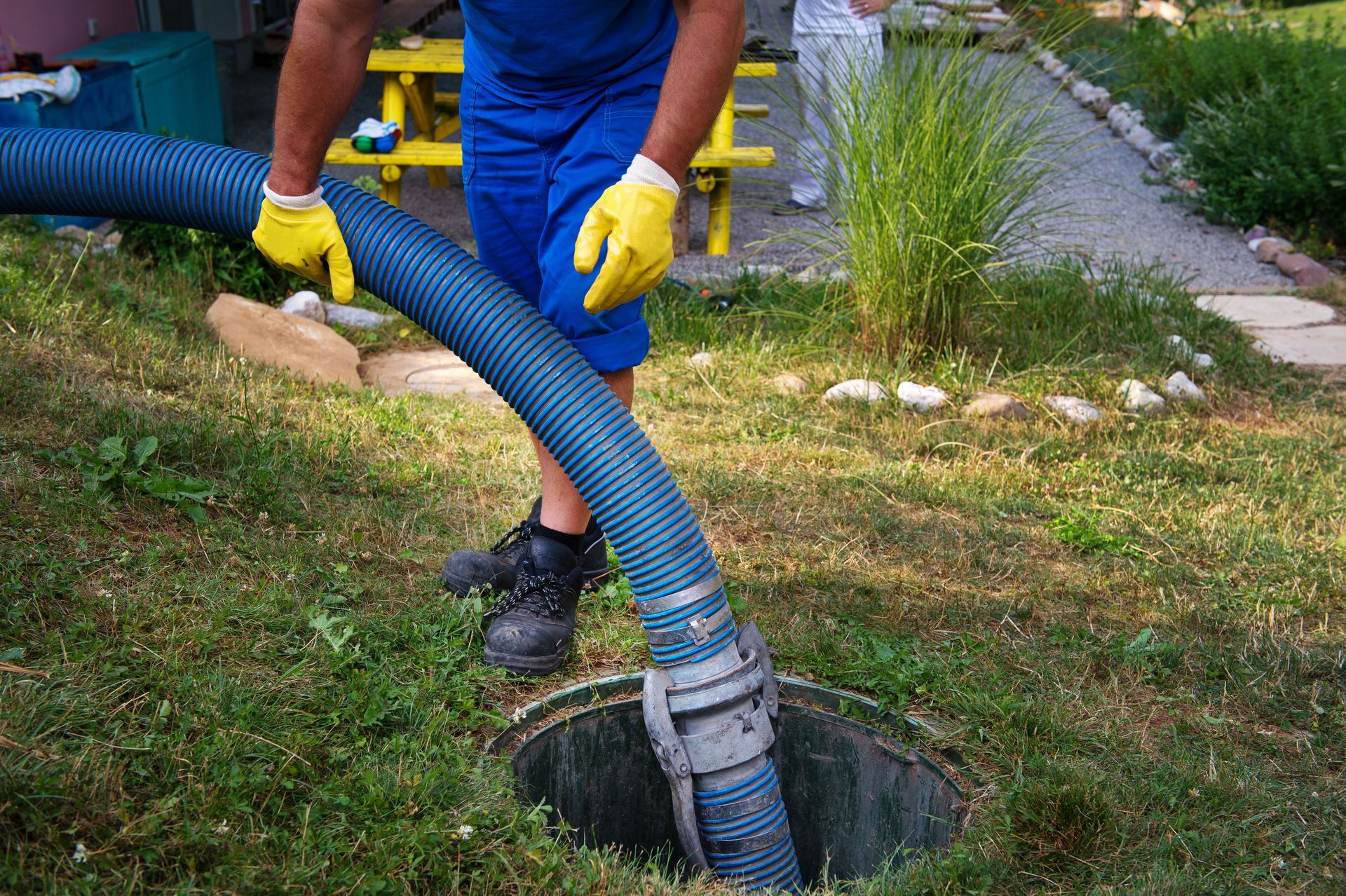

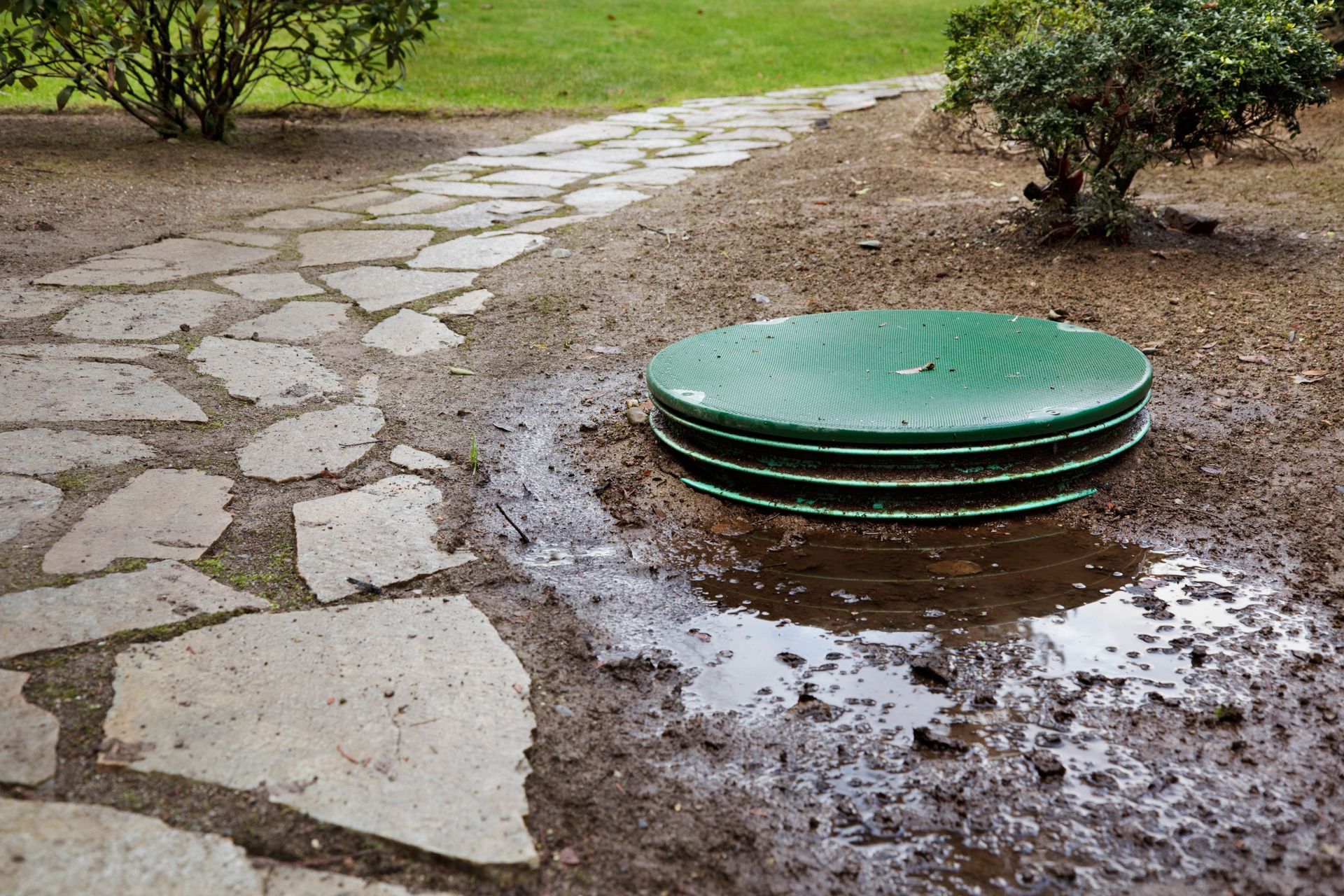
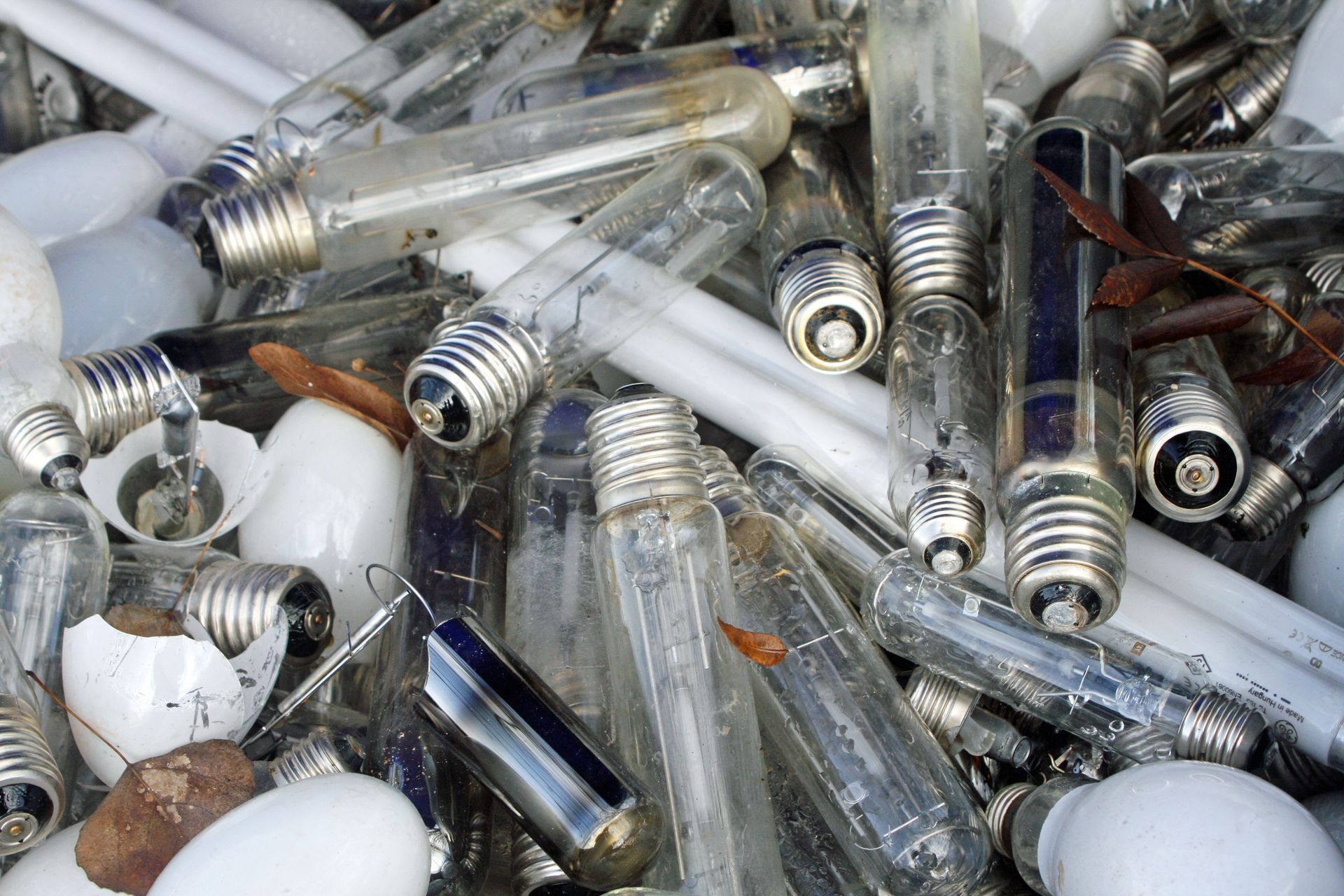
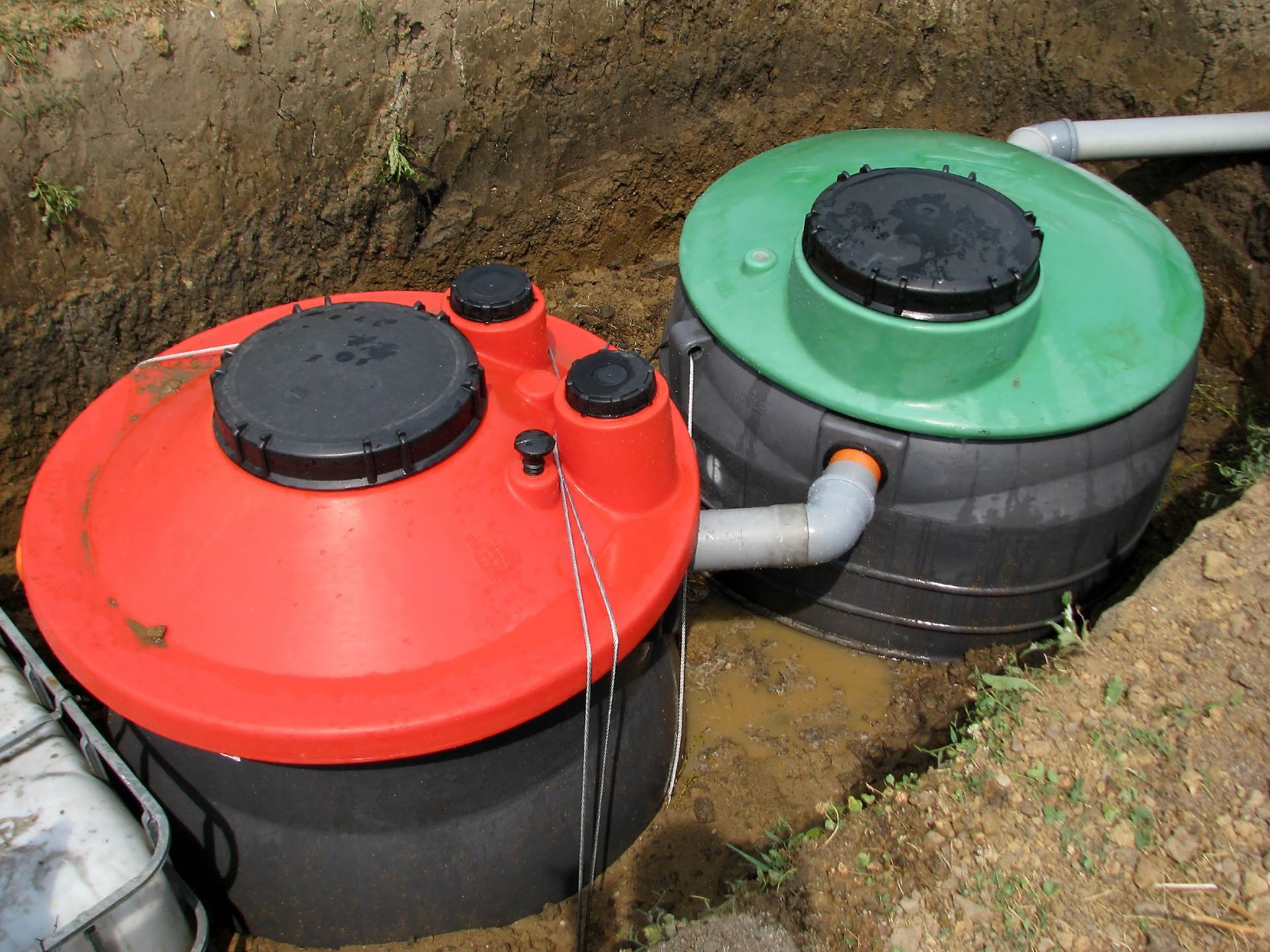
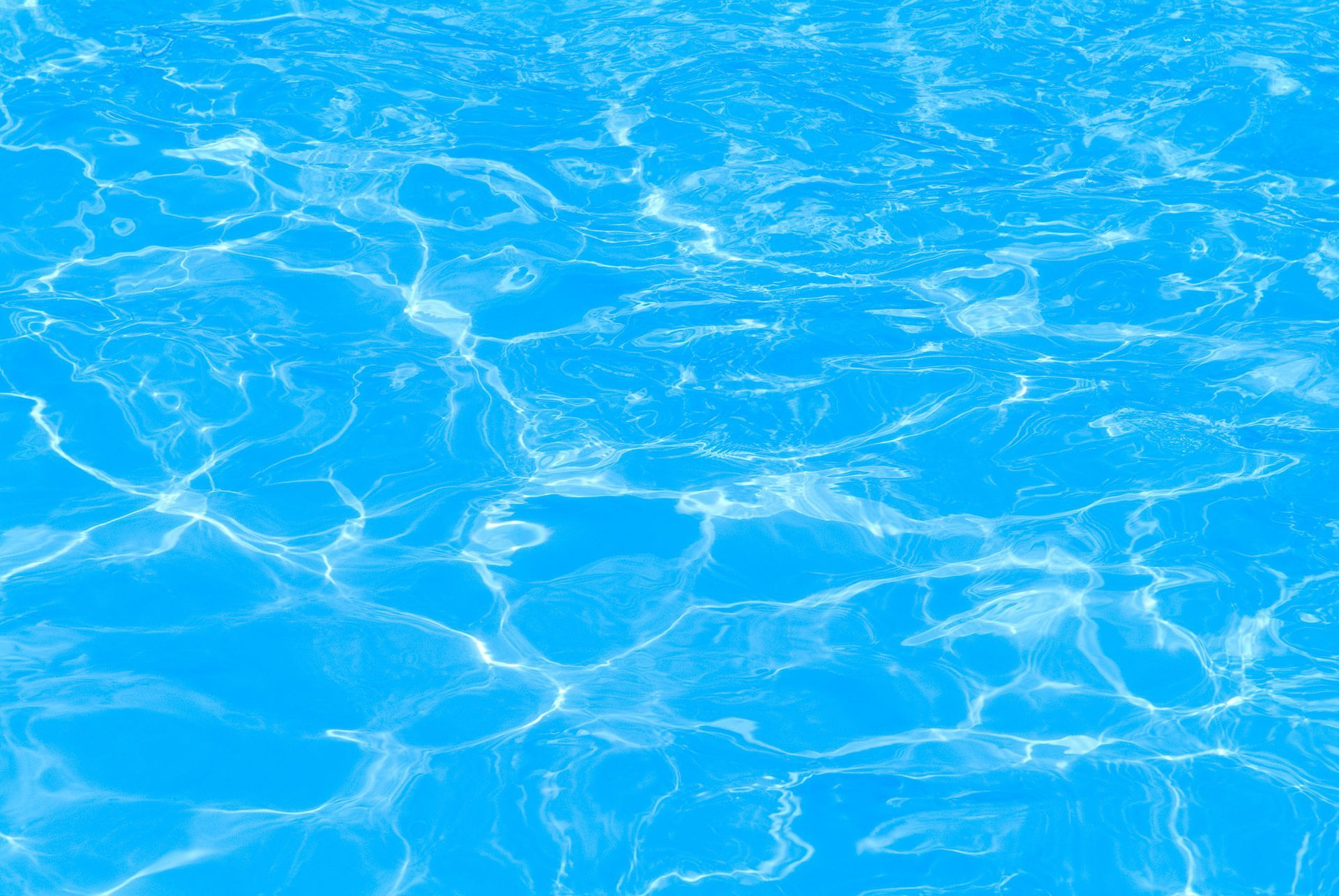
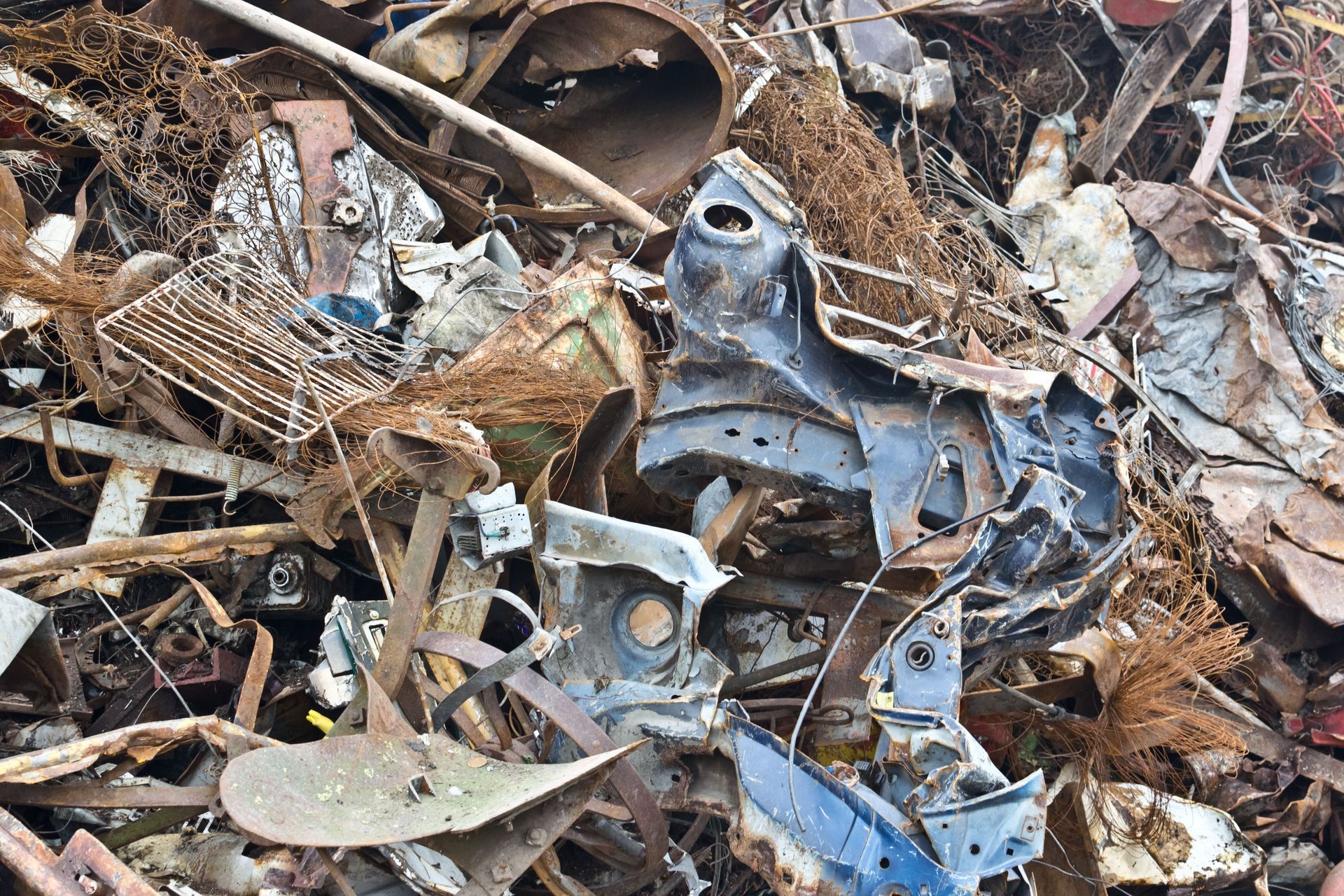
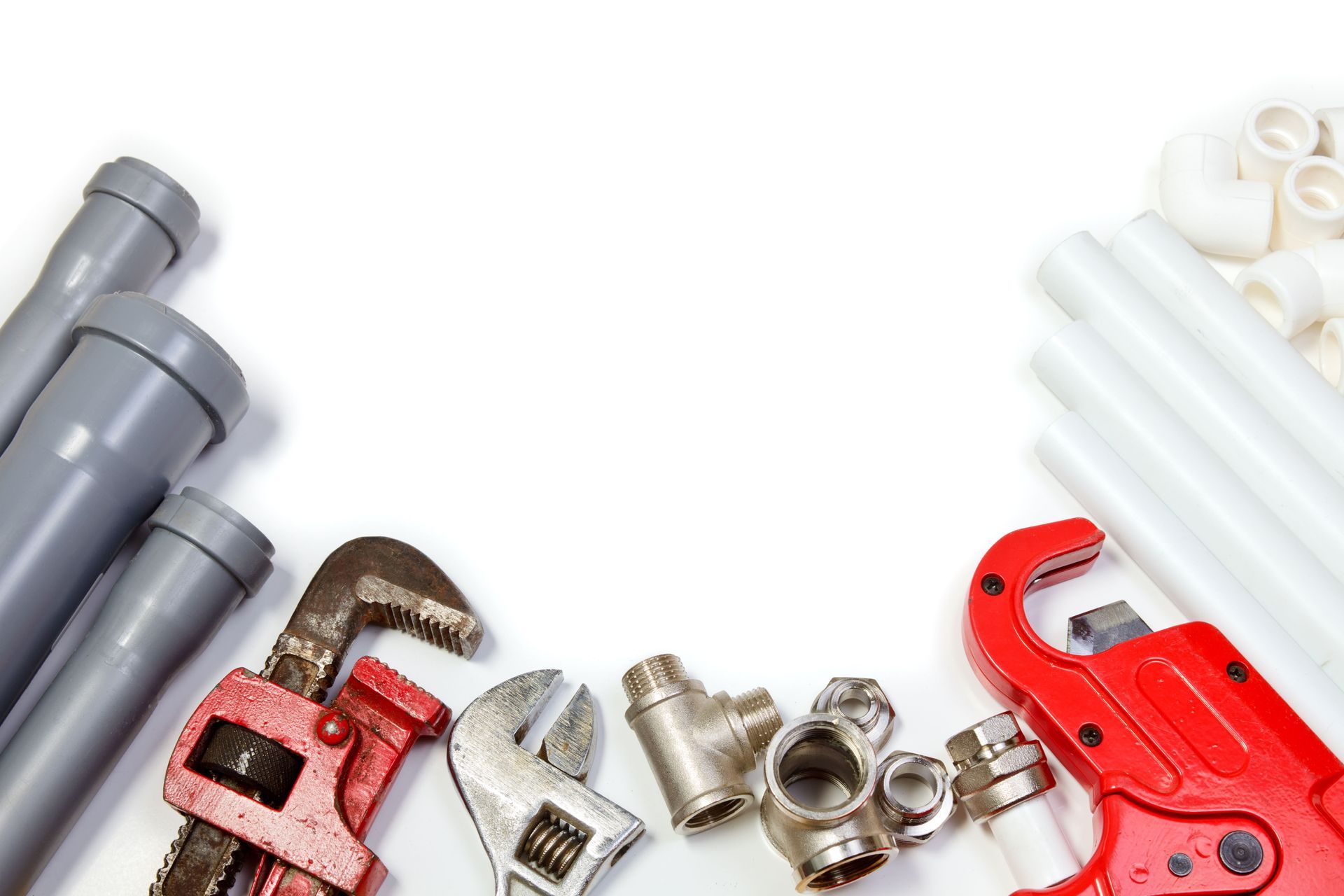
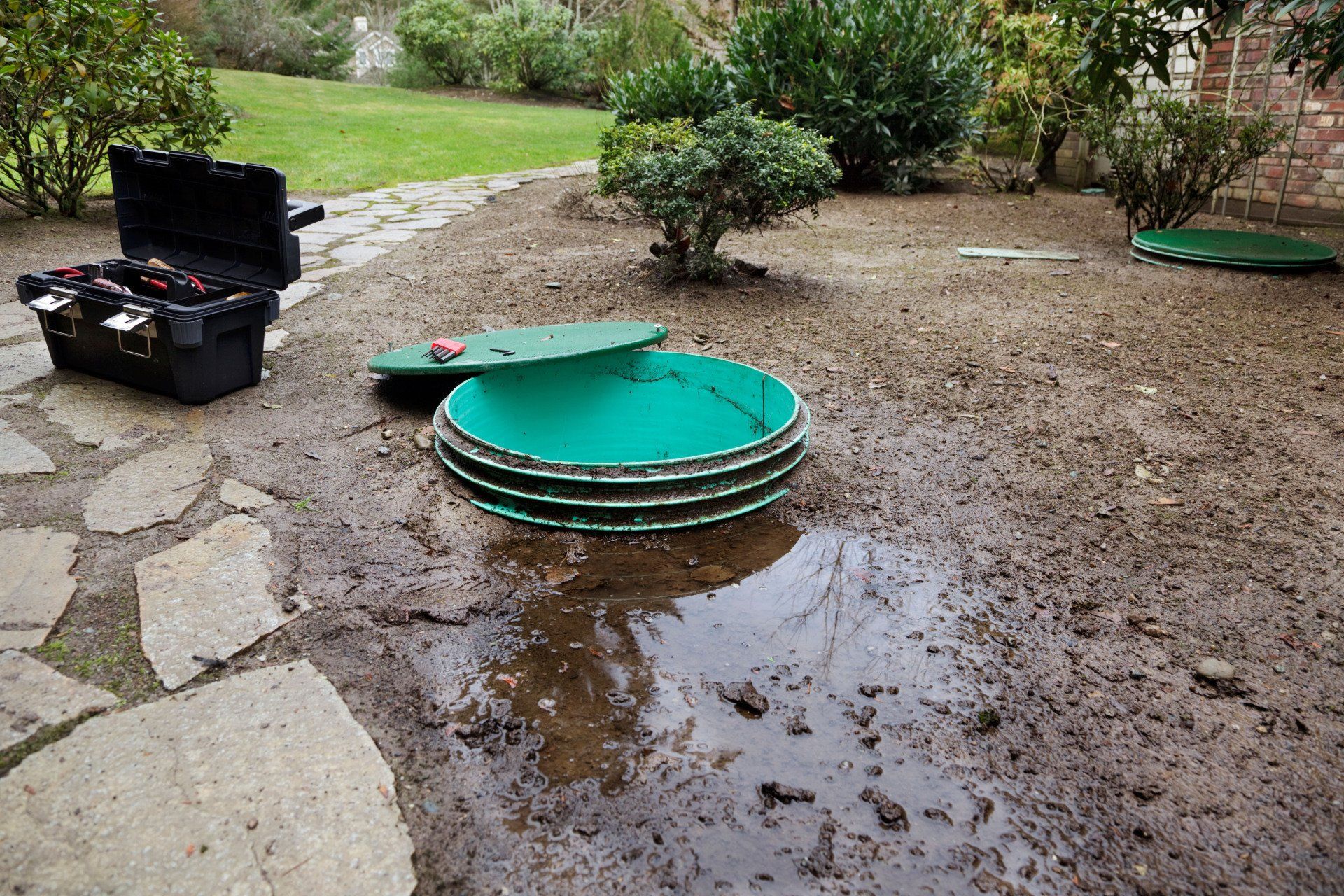
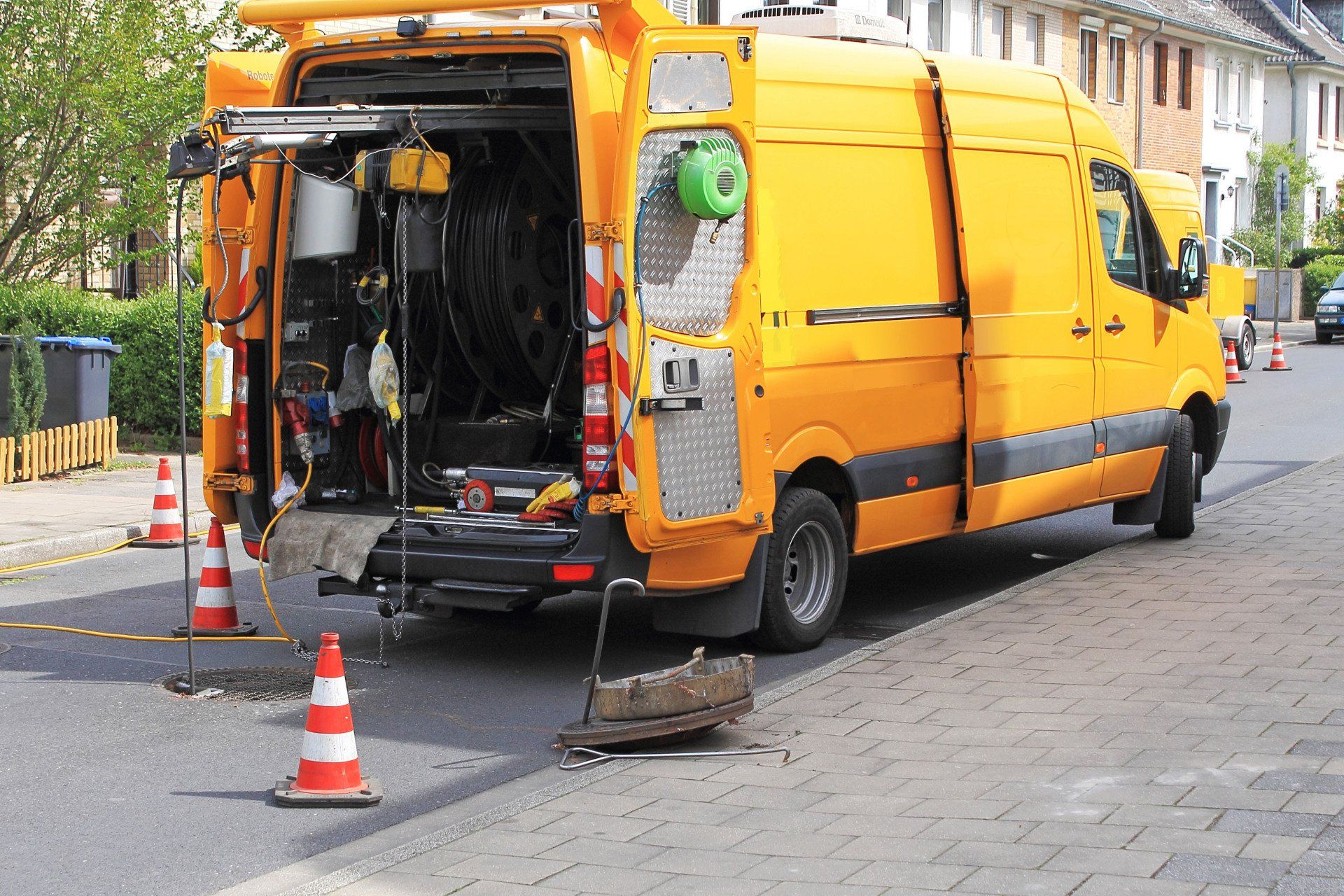
Share On: